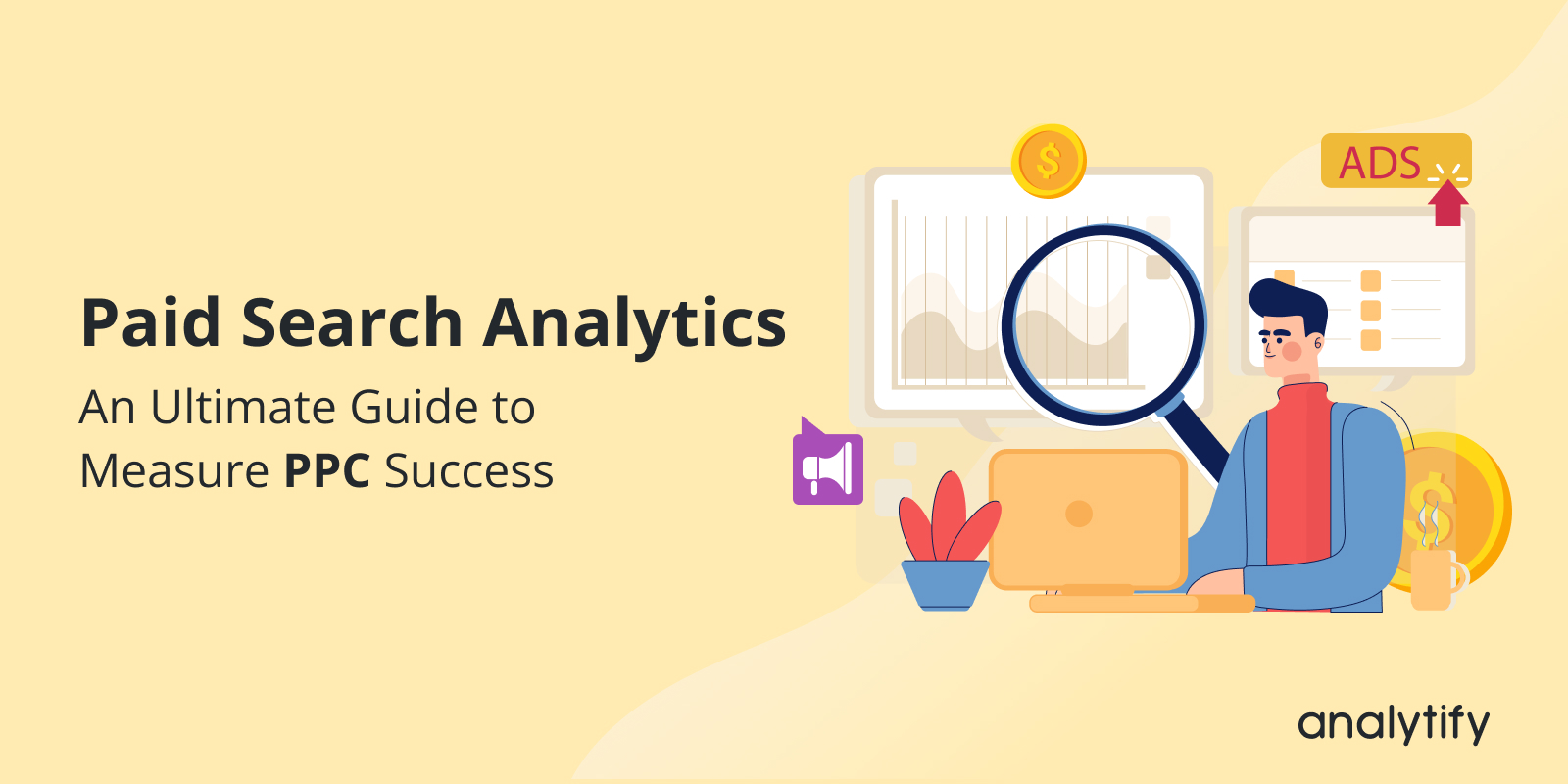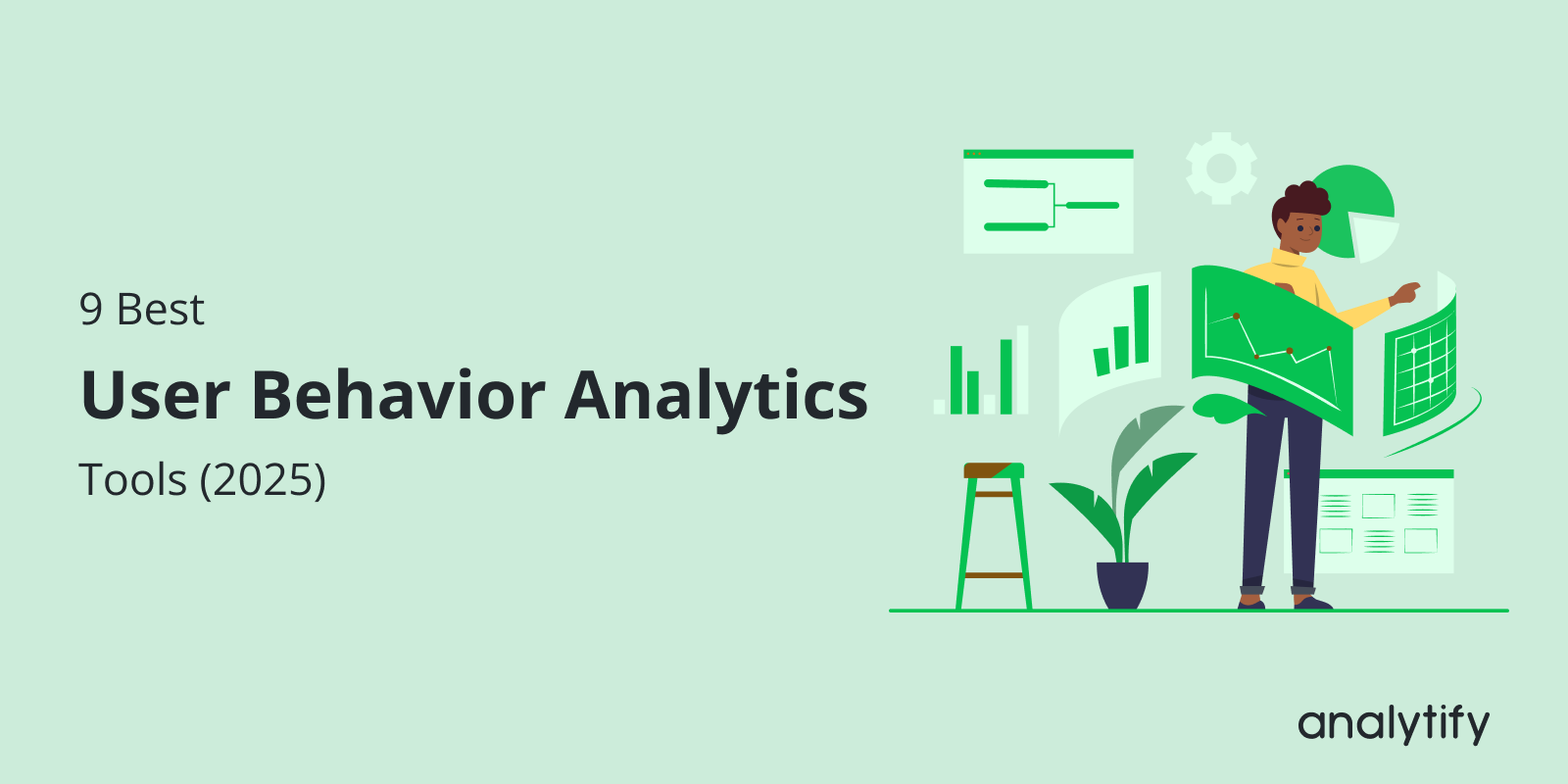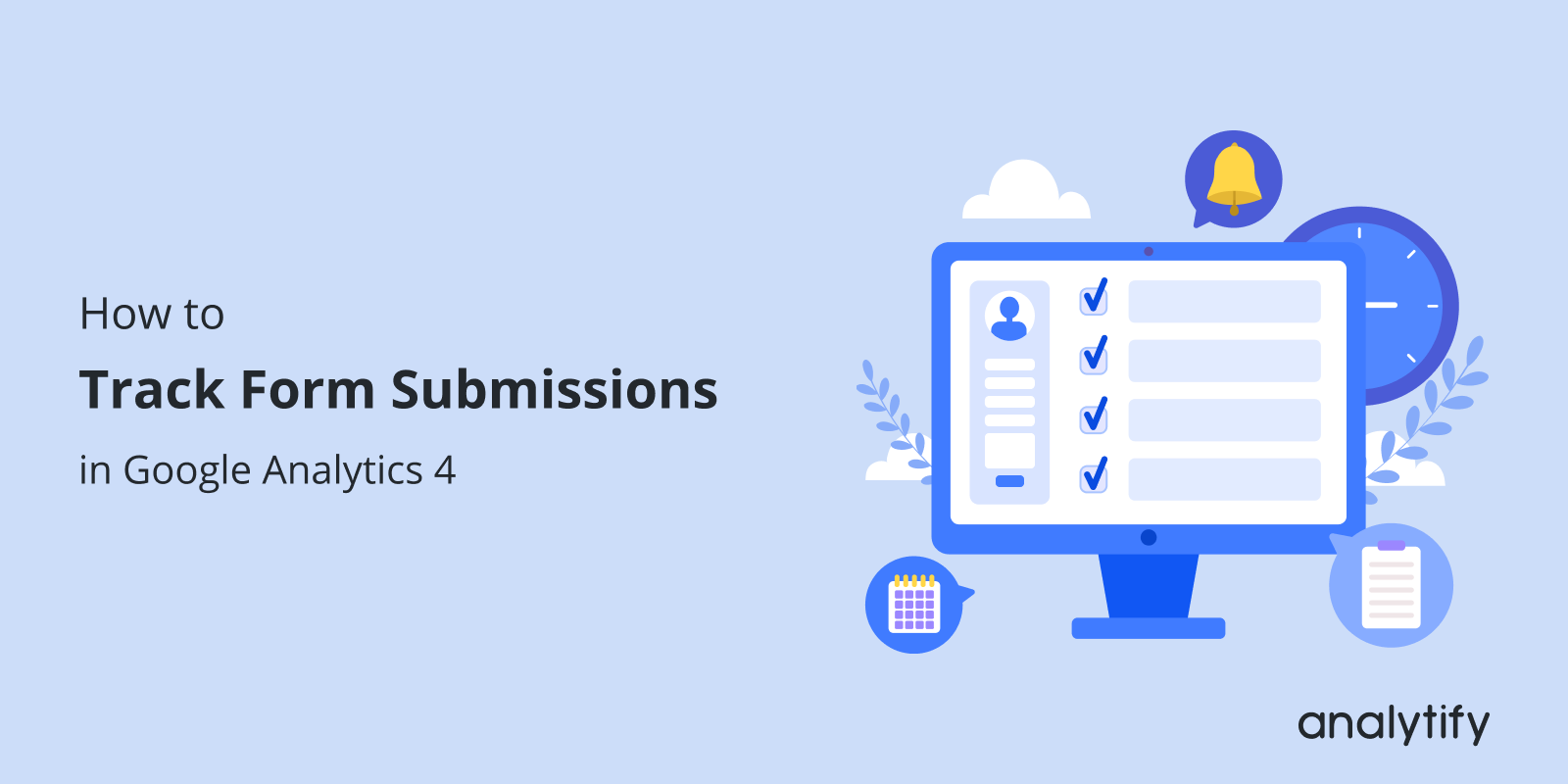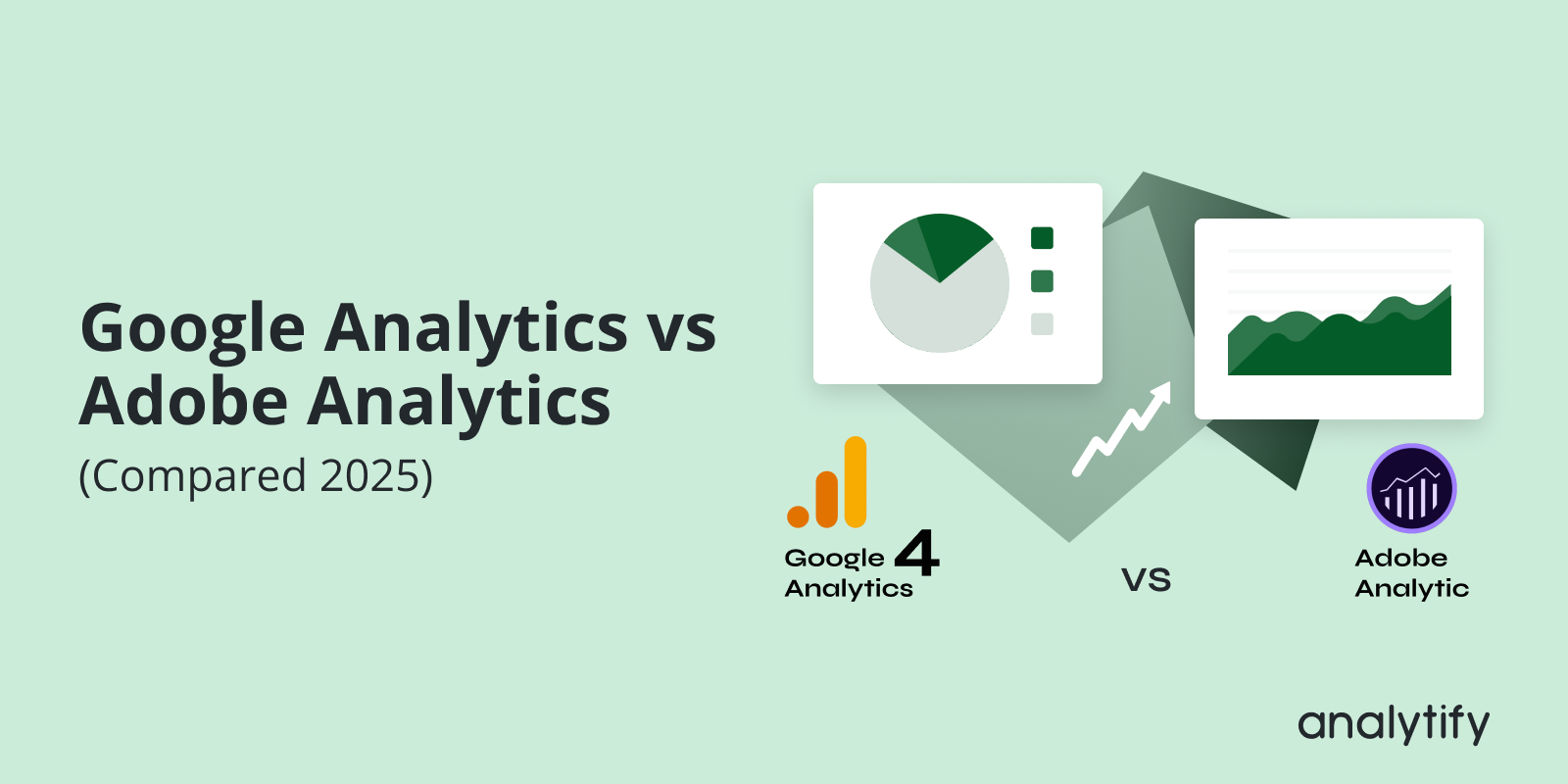Do you want to learn about paid search analytics in detail? If so, you’re in the right place.
Paid search, often synonymous with Pay-Per-Click (PPC) advertising, has revolutionized how businesses reach their target audiences online. With billions of searches happening every day, using paid search ensures your business stands out amidst the competition. However, success in PPC isn’t just about running ads; it’s about understanding and analyzing their performance.
This is where Paid Search Analytics comes into play. By tracking and analyzing key metrics, you know what works and what doesn’t.
In this guide, we’ll explore everything you need to know about Paid Search Analytics, from the tools you need for effective PPC Tracking to advanced strategies for analyzing your campaigns.
Continue reading “Paid Search Analytics: Ultimate Guide to Measure PPC Success”









